Fall is in the air, and students are everywhere! As we welcome members of this record-breaking freshman class, it may be interesting to see how their predecessors dealt with the first weeks of classes at MU twenty-five, fifty, and even 100 years ago.
100 Years Ago
The Savitar yearbook published a fictitious freshman's diary in 1911, which describes in humorous and exaggerated terms the experiences of a bumbling new student from rural Hemlock, Missouri. He describes his first sight of the Quad, and the now-defunct tradition of freshman beanies:
The schoolhouses are all set around just like the town square at Hemlock except that there are six pillars covered with vines in the middle. As soon as I came up on the walk on the square, some fellows grabbed me and made me shine shoes. There are big signs pasted all over telling the freshmen to buy caps. They tell me that I'll have to wear a red one but I won't do it because my hair is red. [see source online]
The university bulletin for 1911 records a total enrollment of 2,956 students in the Columbia campus. One hundred years later, enrollment at MU is more than ten times that number.
50 Years Ago
 The current student newspaper, the Maneater, was in publication by 1955. In the first week of classes in 1961, it reported that the new Arts and Science Building was nearing completion and would be in use later that semester. The new building would feature a language laboratory, increased classroom space, a public address and intercom system, and a special classroom equipped with closed-circuit television. And – perhaps most importantly – air conditioning.
The current student newspaper, the Maneater, was in publication by 1955. In the first week of classes in 1961, it reported that the new Arts and Science Building was nearing completion and would be in use later that semester. The new building would feature a language laboratory, increased classroom space, a public address and intercom system, and a special classroom equipped with closed-circuit television. And – perhaps most importantly – air conditioning.
The Arts and Science Building was home to the departments of English, History, German and Russian, and Romance Languages when it opened in 1961. Classrooms and office space for these departments had previously been in Jesse Hall.
25 Years Ago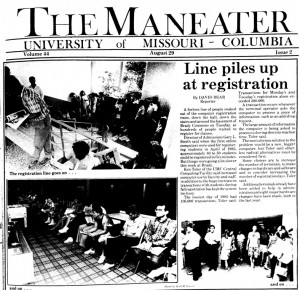
During the first week of classes in 1986, the Maneater documented registration delays. Long lines of students snaked through the stairwells and corridors of Brady Commons, and the newspaper commented:
Director of Admissions Gary L. Smith said when the first online computers were used for registering students in April of 1985, approximately 40 to 50 students could be registered in five minutes. But things were going a lot slower this week at Brady.
Student registrations were taxing the processing power of MU's relatively new computer network, causing the slowdown. Over the past 25 years, various computerized registration systems have made waiting in line at Brady Commons obsolete – and Brady itself has become part of the new Student Center.
Want to Know More?
Records of of past student life, including documents, publications, photos, and memorabilia, are at the University Archives. Special Collections also holds the student publications mentioned above, and over 100 years of the Savitar (1891-2000) are available in the University of Missouri Digital Library.
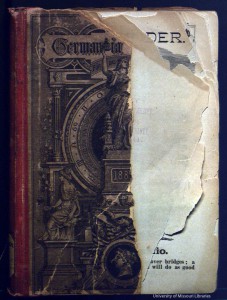
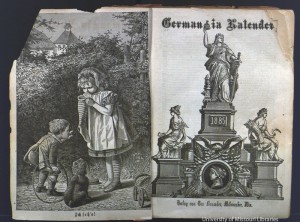
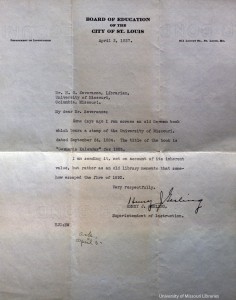
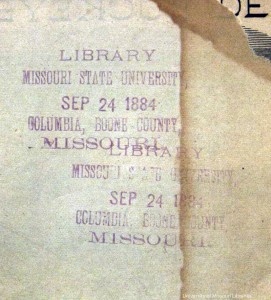
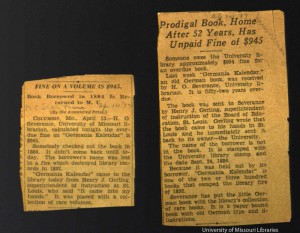
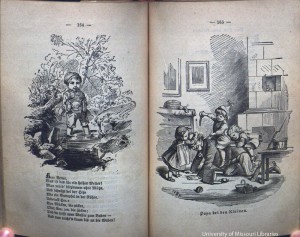
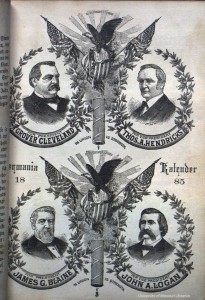
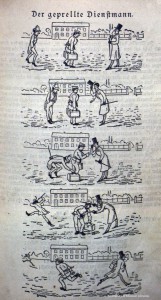
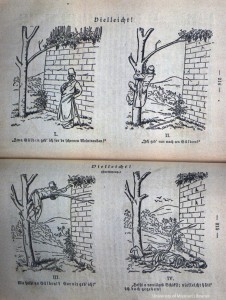

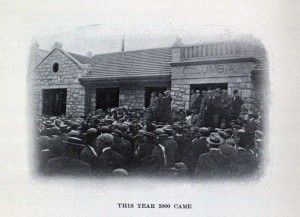
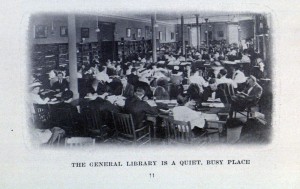


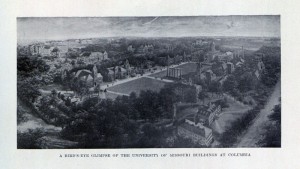

 The current student newspaper, the
The current student newspaper, the 